《说文》曰:药,治病草也。盖草木蘩蘩,医者择以采之,以救死,以益生。上古有神农氏尝百草,后之医药书籍,以“本草”为名者甚衆,至明李时珍《本草纲目》,则为集大成者。
而历代本草之图,或不详,或简易,按图索之,世间草木浩如烟海,其形状或差之毫厘,其药性则失之千里,故不可不慎。
日本江户时人岩崎常正(一七八六—一八四二)则愿补其阙。其人精通医药之学,又善写生。搜采山野,遍得草本,移圃栽盆,凡二千余种,苗叶花实,随时描摹,其所目击异地花草,亦皆图画之,前后二十余年,积成若干卷,名曰《本草图谱》。
《本草图谱》九十六卷,共录本草一千八百余种,分草部之“山草类”“芳草类”“湿草类”“毒草类”“蔓草类”“水草类”“石草类”“苔类”“杂草”、“谷部”及“菽豆类”“酿造类”、菜部之“荤菜类”“柔滑类”“蓏菜类”“水菜类”“芝栭类”、果部之“山果类”“夷果类”“味类”“蓏类”“水果类”、木部之“香木类”“乔木类”“灌木类”“寓木类”“苞木类”“杂木类”以及“服帛类”“器物类”,可谓万象包罗,蔚为大观。
凡所录者均以汉名标示,并以古日文描述其古名方名、当时通称及形色气味、根茎花实、生茂时节等。本草图皆由岩崎常正摹拟写生,画为双钩,再以精工雕版印刷、画工施彩而成,瑰丽华美,细腻雅致,万千草木世界,便在此卷之间。
本书卷一至卷四为雕版单色印刷,卷五至卷八与前四卷同版着色,因内容重复,故本次出版将卷一至卷四略去;卷九至卷九十六为写本着色。
此书一出,可补历代《本草》图阙之憾,为医家学者考稽专研之用。亦可由此书,多识草木之名,广闻博识,亦善矣哉。
《本草图谱》成书于一八二八年,在日本学界声名甚盛。此次出版,与国内历代《本草》相互参考补充,图文并茂,则二美并矣。
今高清影印《本草图谱》,以求再现真貌。全书重厘为十册,精装以现。并附索引,以便学者查索。
昔屈子采香草以遗美人,今览此卷,草木葳蕤,岂可谓之无情?
岩崎常正(1786-1842),日本江户时代著名本草学家。
“Shuowen” says: Medicine is not only a cure for diseases, but also a herb. “The medical personnel choose to collect incidents of vegetation to save the dead and benefit the life.”. In ancient times, there was a Shennong family that tasted hundreds of herbs. Later medical books were very popular, with the name “Materia Medica”. To the Ming Dynasty, Li Shizhen’s “Compendium of Materia Medica” was a comprehensive collection.
However, the drawings of traditional Chinese herbs in various dynasties are either unknown or simple. According to the drawings, the vegetation in the world is as vast as a sea of smoke, with the shape of the plants being almost the same, and the medicinal properties being lost thousands of miles. Therefore, one should not be careless.
During the Edo period in Japan, Iwasaki Changzheng (1786-1842) was willing to fill his vacancy. He is proficient in medicine and good at sketching from life. “Search the mountains and fields, gather herbs everywhere, and transplant them into nurseries and pots. There are over 2000 species of plants, leaves, flowers, and fruits, which can be traced at any time. The flowers and plants witnessed in different places are also depicted in pictures. Over the past 20 years, they have been accumulated into several volumes, known as the” Manual of Materia Medica “.”.
“The Manual of Materia Medica”, Volume 96, contains over 1800 species of materia medica, divided into “mountain grass”, “fragrant grass”, “wet grass”, “poisonous grass”, “vine grass”, “water grass”, “stone grass”, “moss”, “weeds”, “cereal”, and “beans”, “brewing”, “meat vegetables”, “smooth vegetables”, “edible vegetables”, “aquatic vegetables”, and “glossy vegetables” The “mountain fruits”, “wild fruits”, “flavors”, “gourds”, “fruits”, “fragrant trees”, “arbors”, “shrubs”, “ornamental trees”, “bracts”, “miscellaneous trees”, and “clothing and silk”, as well as “implements” in the fruit department, can be described as a comprehensive and magnificent sight.
All recorded items are marked with Chinese names, and their ancient names, square names, common names at that time, shapes, colors, smells, roots, stems, flowers, and fruits, as well as the season of growth and prosperity are described in ancient Japanese. The original drawings are all drawn from life by Iwasaki Chang Zheng, with double hooks painted. They are then carved and printed with exquisite craftsmanship, and painted with colors. They are magnificent, beautiful, exquisite, and elegant. The world of thousands of plants and trees is in this scroll.
Volume 1 to Volume 4 of this book are printed in monochrome by block printing, and Volume 5 to Volume 8 are colored in the same edition as the previous four volumes. Due to the duplication of content, Volume 1 to Volume 4 will be omitted from this publication; Volumes 9 to 96 are colored for the manuscript.
Once this book is published, it can fill the gaps in the drawings in the “Materia Medica” of previous dynasties and be used by medical scholars to conduct examinations and specialized research. It is also good to learn more about the names of plants and plants through this book, and to be widely known and knowledgeable.
“The Manual of Materia Medica” was written in 1828, and is very famous in the Japanese academic community. This publication is complementary to the “Materia Medica” of all previous dynasties in China, with illustrations and texts, and the two beauties can coexist.
“This high-definition photocopy of the” Manual of Materia Medica “aims to reproduce the true appearance.”. The whole book is divided into ten volumes, with hardcover for display. An index is attached for easy reference by scholars.
In the past, Qu Zi used to collect herbs to bequeath her beauty. Looking at this scroll, the lush vegetation can be described as ruthless?
Iwasaki Changzheng (1786-1842) was a famous herbalist in the Edo era in Japan.





























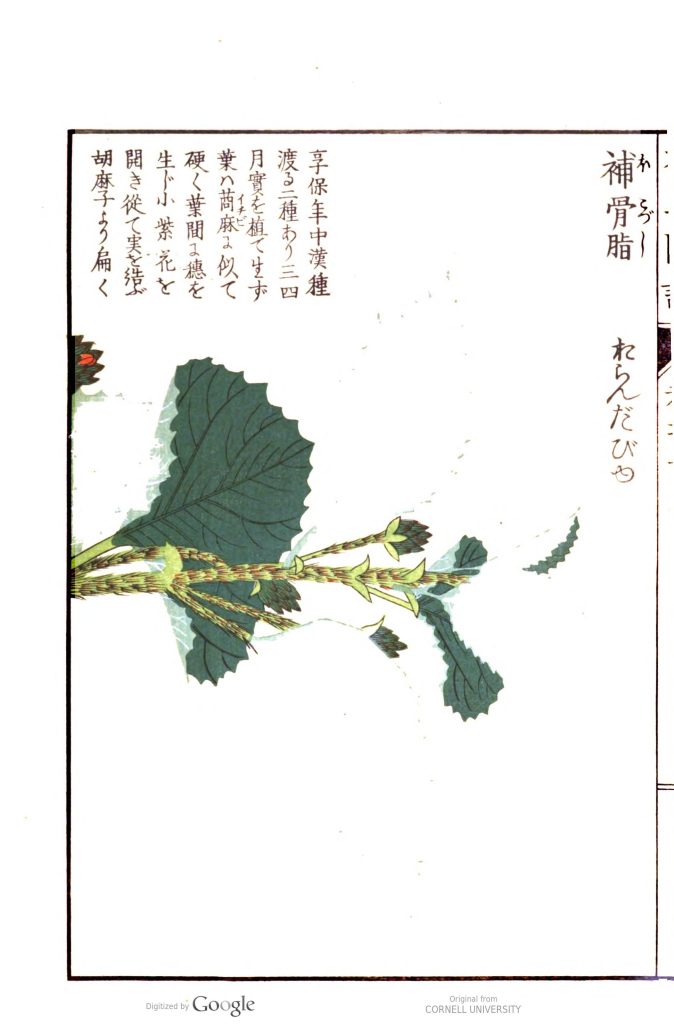

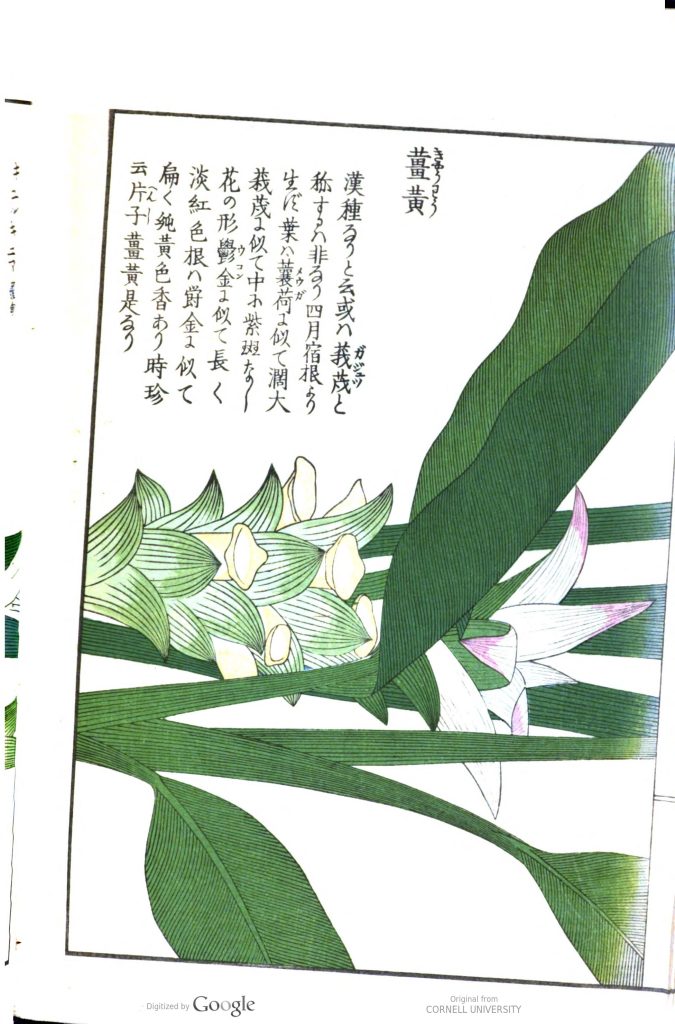



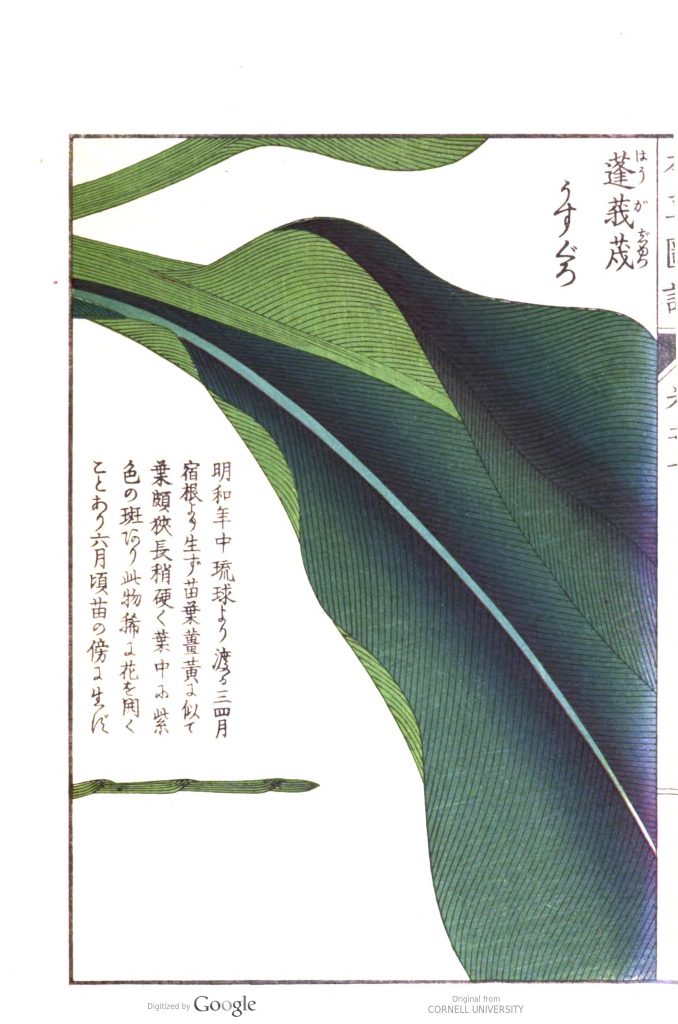


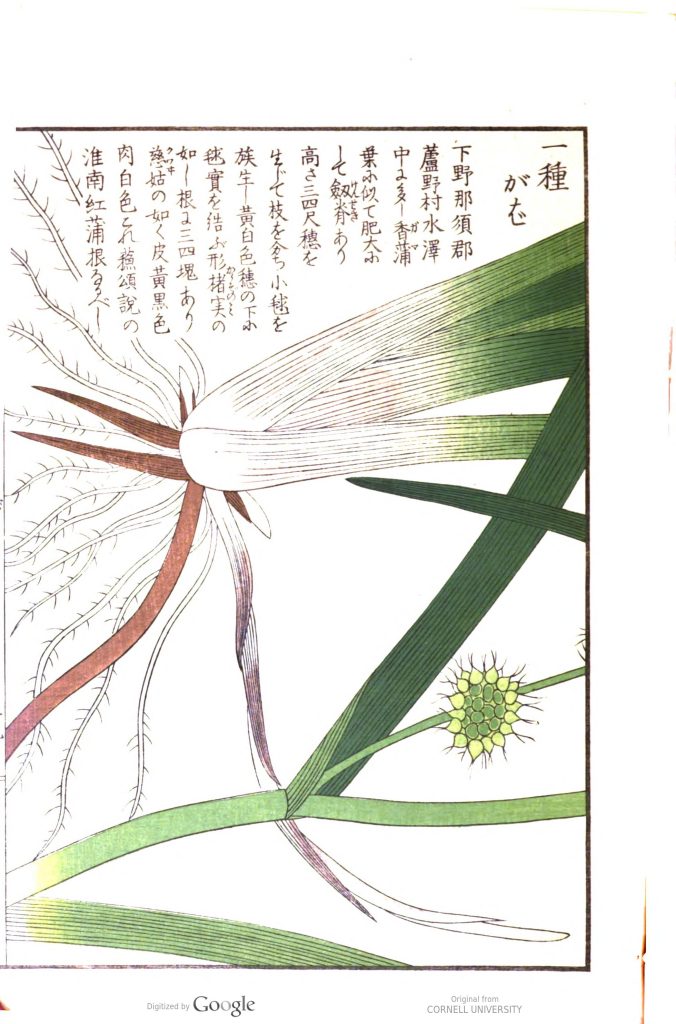


















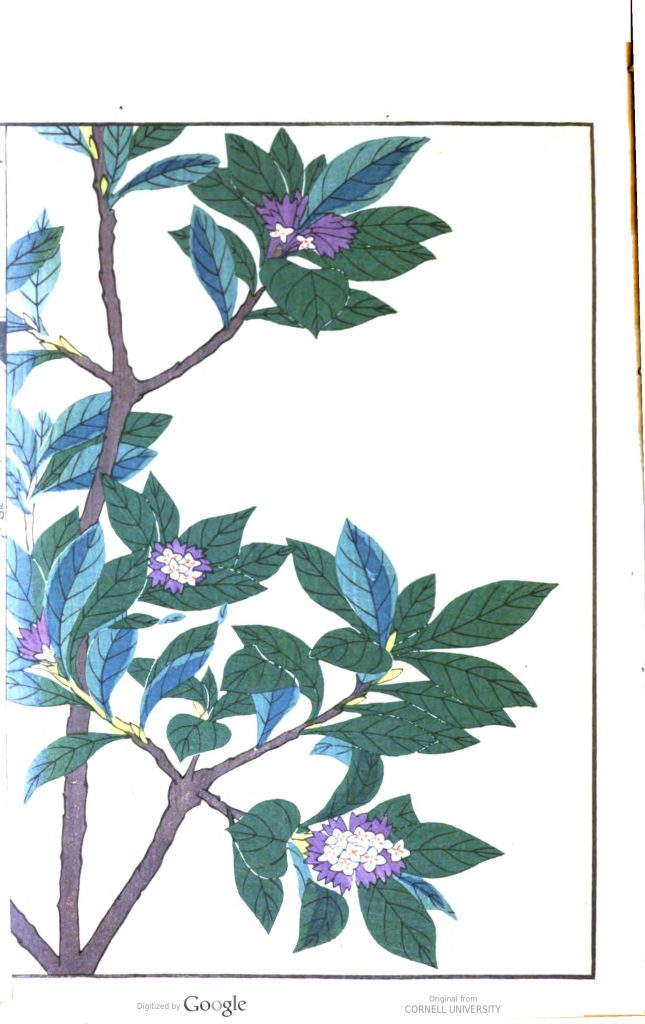
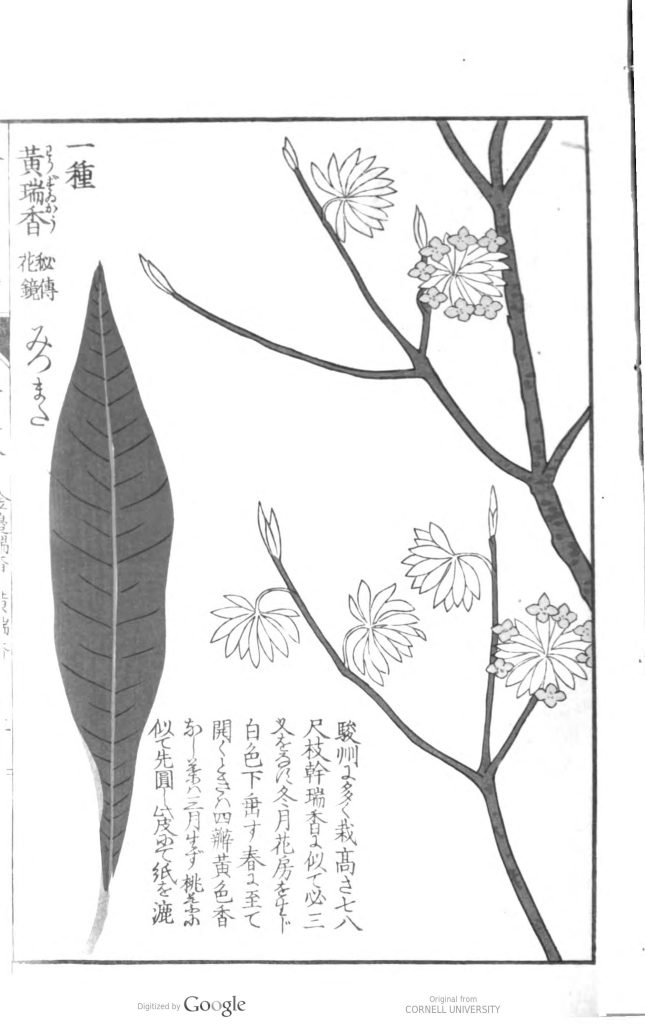

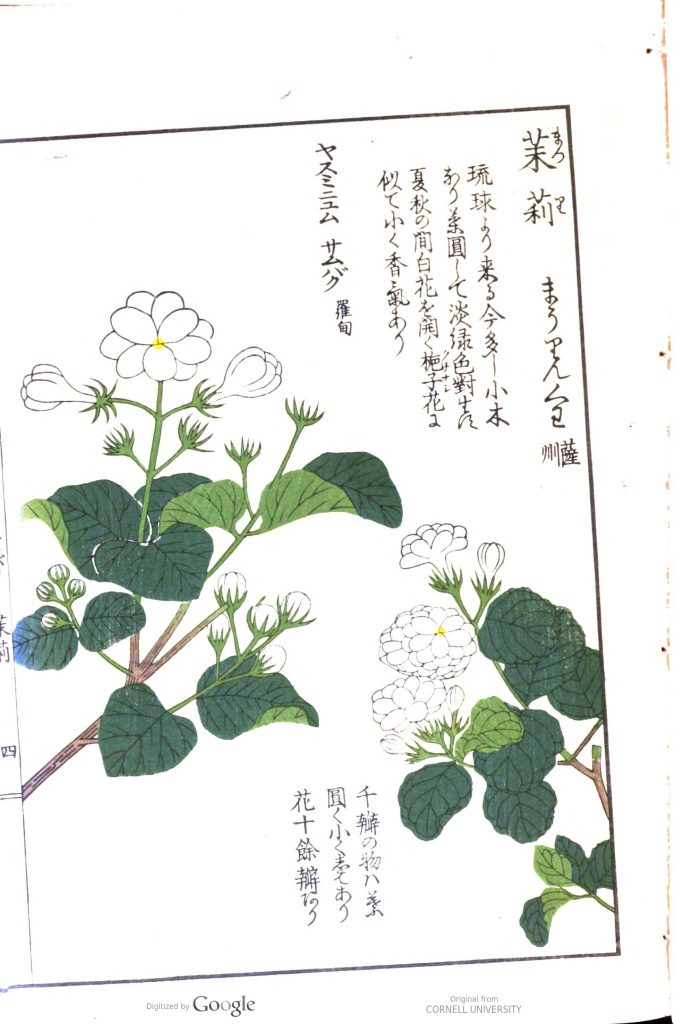








































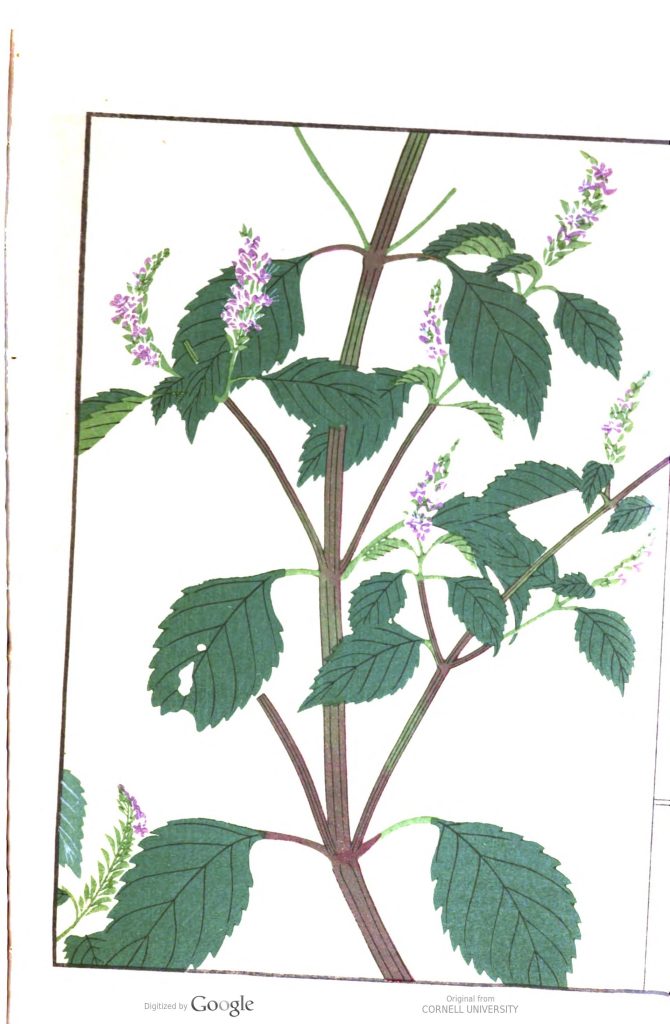

















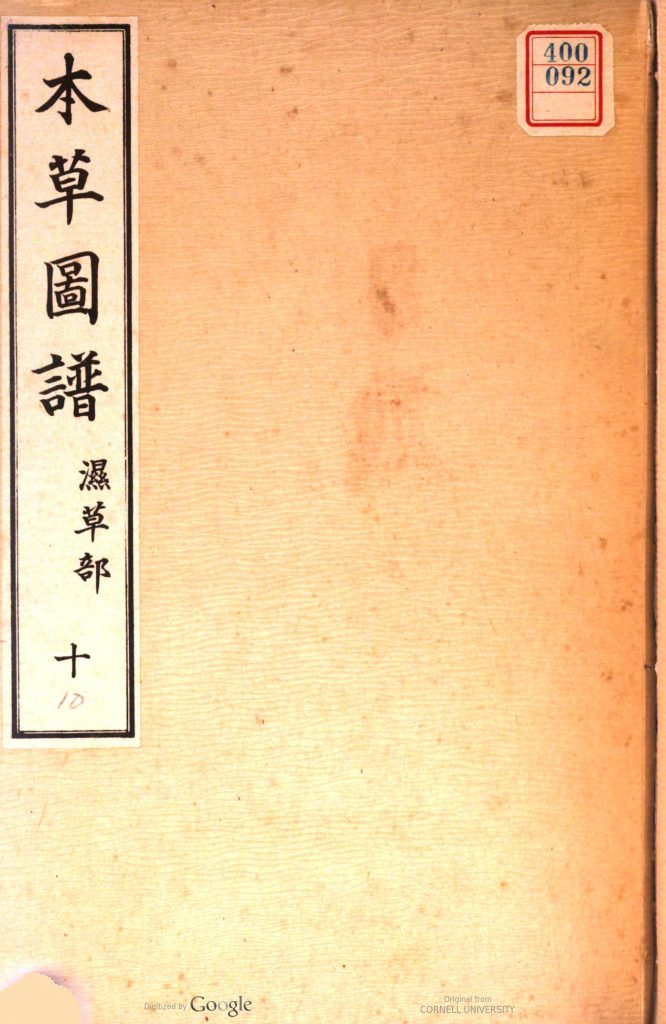



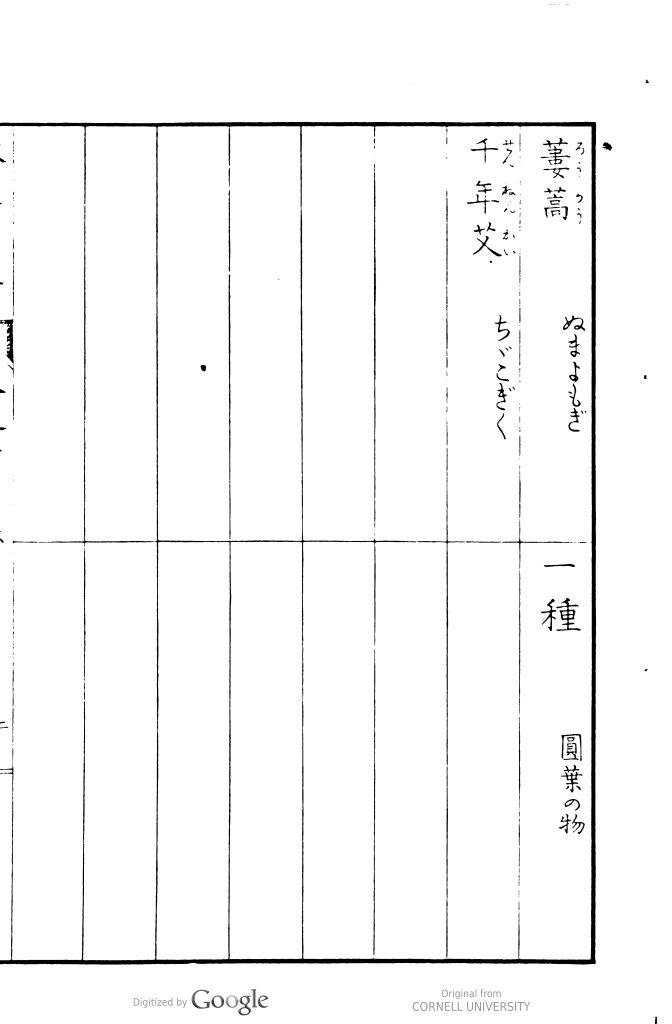



















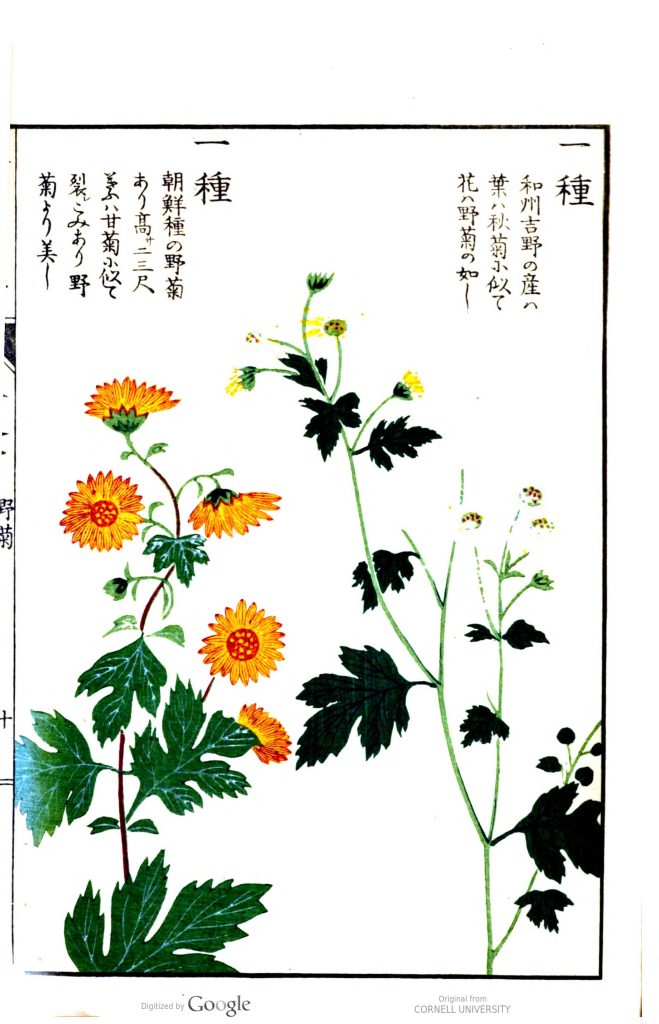





















Creation万物 Plant植物 165P 本草圖譜(康奈尔大学)7-10
历史上的今天 ( 1 ):
可点 ➠ 2023年-03月-26日 ➠ 208 s ➠ ♥ 0

